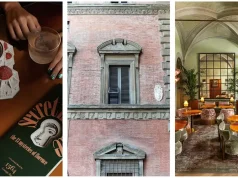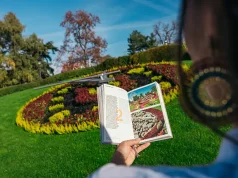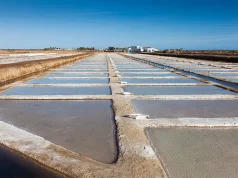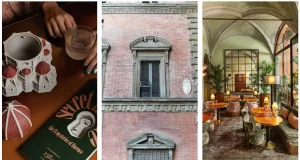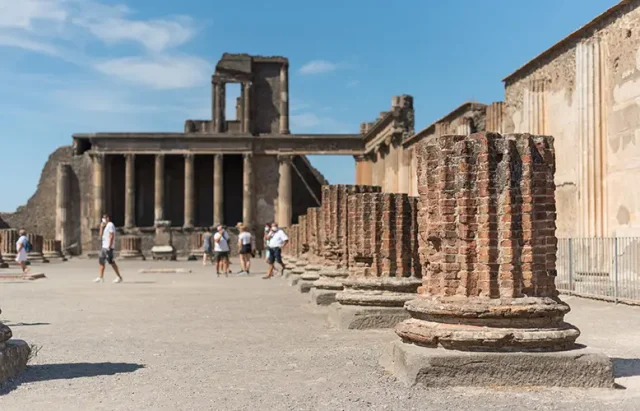
Some trips become living history lessons. In Naples, you can visit two major archaeological sites: Pompeii and Herculaneum. These ancient cities were buried after the devastating eruption of Mount Vesuvius in 79 AD. Today, their ruins can be explored, offering an experience that combines emotion, curiosity, and a certain sense of mystery.
Pompeii, the City Frozen in Time
Walking through Pompeii means stepping on the same stones that, two thousand years ago, saw carts, merchants, and citizens pass by. Its cobblestone streets, thermal baths, and frescoes depicting everyday scenes still remain. The House of the Faun, with its famous mosaic of Alexander the Great, or the Roman amphitheater, one of the oldest preserved, are must-sees for visitors.
What amazes travelers is the remarkable state of preservation. Taverns with stone counters, bakeries still recognizable, and graffiti carved into walls make the city feel as if it could come back to life at any moment.
Herculaneum, Intimacy at the Foot of Vesuvius
If Pompeii impresses with its scale, Herculaneum captivates with the intimacy of its spaces. Smaller and better preserved, this city reveals details that in Pompeii sometimes get lost amid its vastness. Houses retain second floors, carbonized furniture remains in place, and in some buildings the original wood is still visible.
Herculaneum allows for a clearer understanding of Roman domestic life. Inner courtyards, frescoes adorning private rooms, and even carbonized food remains create a close, personal narrative. Walking along its quiet streets evokes a different feeling: here, tragedy is perceived in its most personal traces.
Practical Tips for the Visit
Exploring both sites requires preparation. The southern Italian sun can be intense, making water and sunscreen essential. Comfortable footwear is also crucial: the uneven stones of the pavement are unforgiving for light sandals.
It is advisable to plan the visit carefully. Pompeii is vast and cannot be seen in just a few hours. Selecting specific routes helps avoid feeling overwhelmed. By contrast, Herculaneum can be visited in half a day, leaving time to contemplate the details of its houses.
Booking tickets in advance prevents unnecessary lines, while guided tours, both in person and via audio guides, offer deeper insights into the historical context. A good idea is to visit each site on different days, to avoid information overload.
Accommodation Near the Ruins
For those wishing to make the most of the experience without relying on long transfers, the best option is to stay just steps from the excavations. Being nearby allows you to start the visit early, when the sun is milder and the flow of tourists is still low. A particularly convenient choice is booking at a place here: Iltesoropompeiano.it, an exclusive accommodation located next to the ruins. From there, it’s easy to organize excursions to Vesuvius, Herculaneum, or even Naples itself. The advantage is not only logistical: after hours of walking under the sun, being able to return quickly to a quiet environment becomes part of the journey.
The Emotional Impact of the Visit
There is a moment in Pompeii that many travelers remember: seeing the bodies preserved by the ash. Human silhouettes caught by the eruption, faces and gestures frozen forever. They don’t inspire fear, but a deep reflection on the fragility of life and the power of nature.
In Herculaneum, the impact comes from viewing the skeletons found in the old boathouses by the sea. Entire families were trapped there as they tried to escape. That image is moving and makes the drama of that August day in 79 AD tangible.
Beyond Archaeology
Visiting Pompeii and Herculaneum also means discovering their remarkable surroundings: from the Vesuvius National Park, to the city of Naples, and the opportunity to combine culture with Mediterranean landscapes. Boat trips along the bay, food tours in Campania, or hikes to the volcano’s crater expand the experience and turn the trip into a complete journey.


